Basically the term mechanical computer defines it self which means physical and moving parts. For operating mechanical computer we need gears, levers and pulleys to carry out its functions.
For Example : A mechanical device would be a hard drive, which physically moves a read/write head across rotating platters to store data. An electronic SSD (solid-state drive), on the other hand, stores data without the need of moving parts and it’s electronic.
What Is a Mechanical Computer ?
The field of computer science has come a long way since the days of electromechanical calculators and mainframes. Today’s computers are composed of complex mechanical systems that can perform incredibly complicated calculations.
Mechanical VS Electronic/Digital
The electrical gadget is always superior to the mechanical one when comparing them since it has no moving components. Moving elements increase the device’s complexity and the number of potentially defective components. Mechanical devices are more susceptible to failure than just electrical ones since they experience wear and tear as well.
History Of Mechanical Computer
In this article, we will look at the history of mechanical computers, beginning with the first mechanical computer. The first mechanical computer was developed in 1837 by Sir Charles Wheatstone of England. This machine used a series of dials and gears to perform mathematical operations. A later model was the Pascaline, developed by Blaise Pascal in 1642. It was operated by a crank and had a keyboard on one side that could perform basic arithmetic operations.
First Mechanical Computer
Pascaline from 1652, the first mechanical computer, built by Blaise Pascal.

Father Of Computer
Charles Babbage, whose design eventually evolved into the computer we use today.

The second mechanical computer was developed in 1887 by Charles Babbage, a British inventor and mathematician. The machine was designed to perform multiplication and division using perforated paper tape as input and output devices. Eventually, his device was dubbed “the difference engine” because it could do arithmetic operations by finding differences between two numbers. The difference engine was able to perform multiplication and division but was not capable of adding or subtracting.
Exapmples Of Mechanical Computers
The computers which do not use electricity are known as mechanical computers
- ABACUS
- NAPIERS BONES
- SLIDE RULE
- PASCALINE
- PUNCHED CARDS
- ANALYTICAL ENGINE
- DIFFERENCE MACHINE
ABACUS
- The word “abacus” comes from the Greek word “abax” meaning “flat surface”, now used in Latin.
- Each wire supprts numerous beads.
- The beads may glide around freely.
- It is able to add and take away.
- A wooden frame with several parallel wires is an abacus.
- It also goes by the name counting frame.
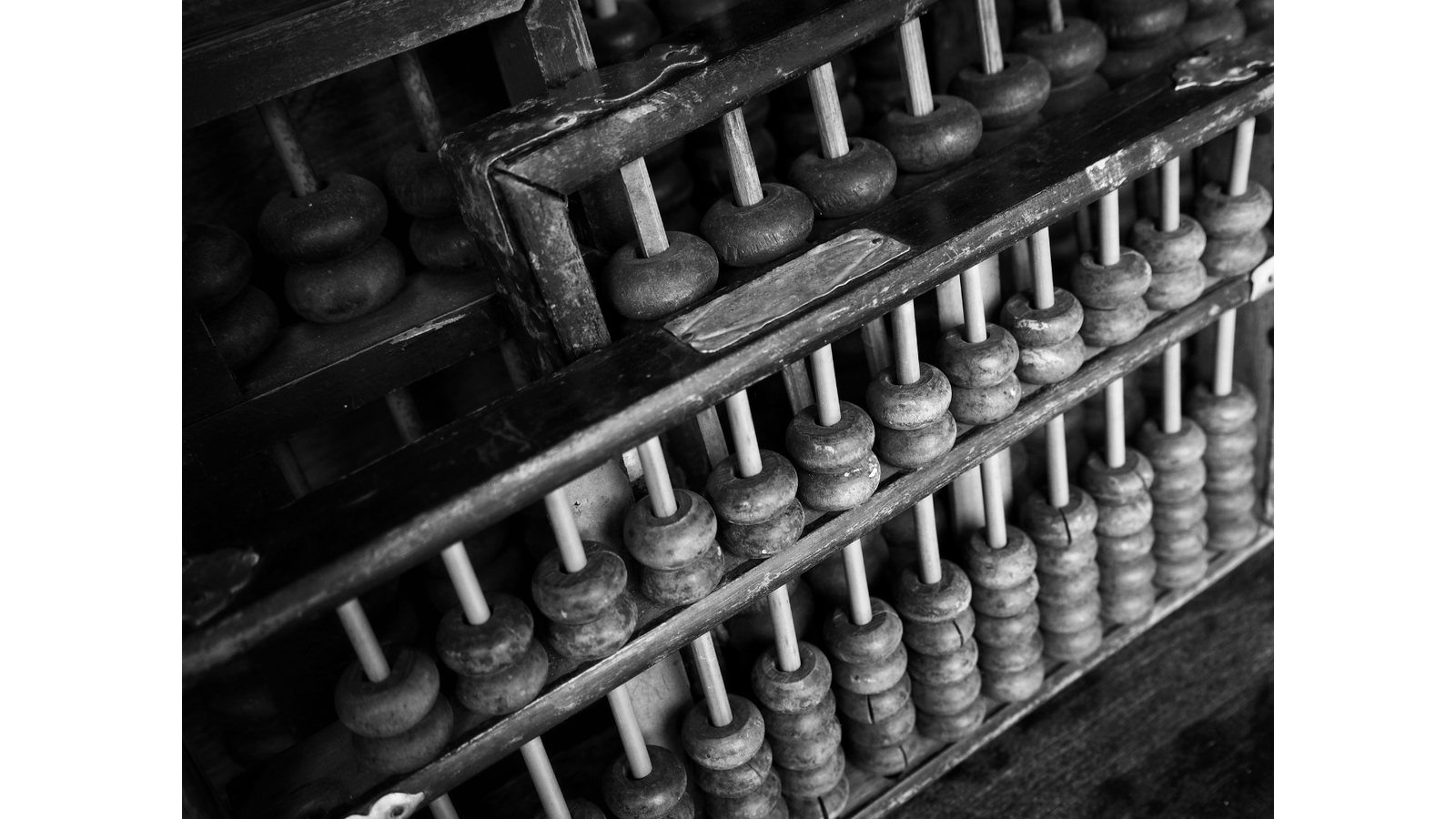
Napiers Bones
- By the year 1614, John Napier had created the Napier Bone.
- The components of Napier’s bone included bones, ivory, wood, or metal.
- It is capable of mathematical procedures.
- A physicist and mathematician from Scotland, John Napier.
- It is really quick and precise.
- Napiers Bones aid with numerical multiplication.
- Rods is another name for Napiers bone.
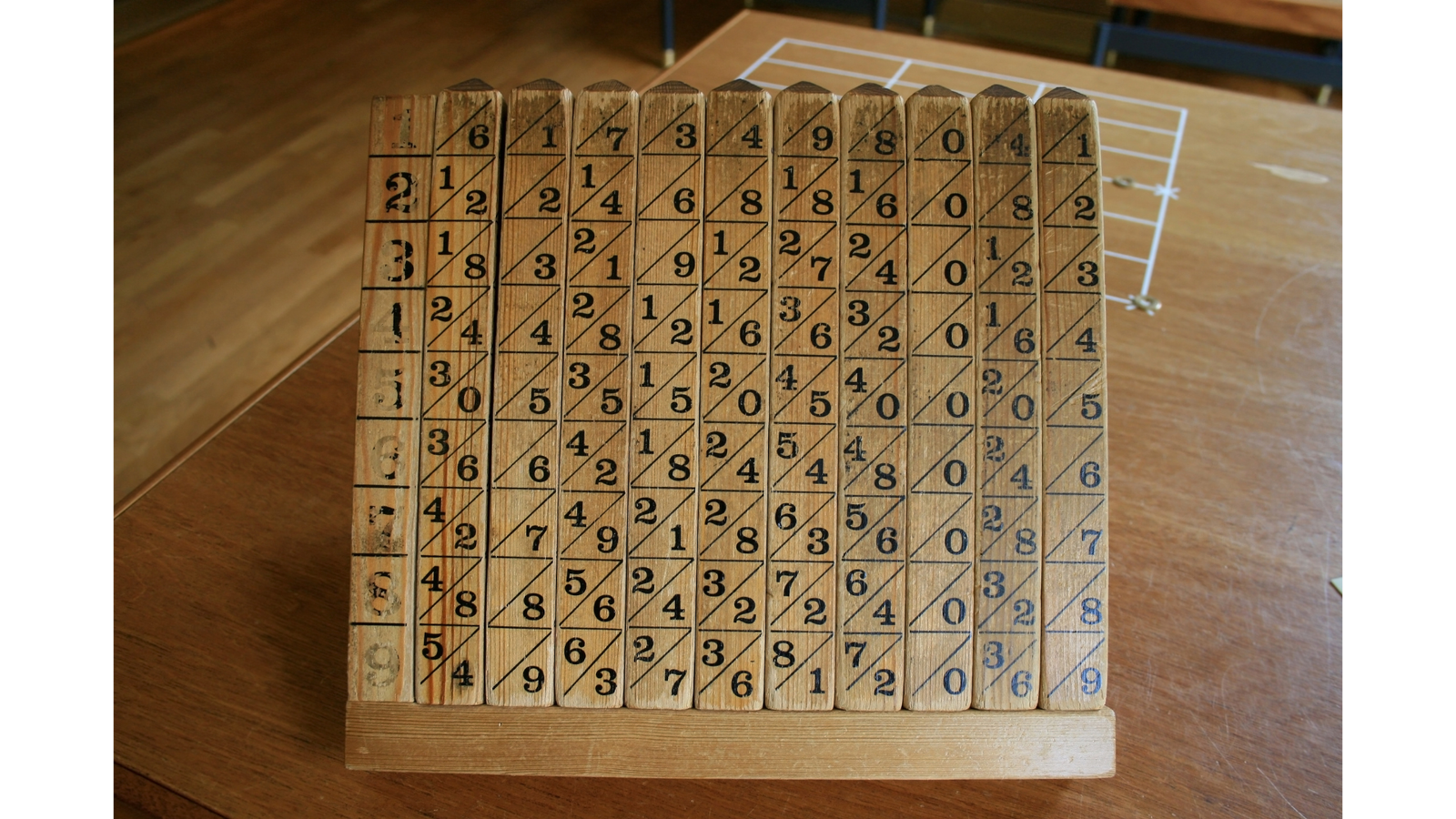
Slide Rule
- Slide rule credit goes to John Napier.
- It can multiply, divide, add, and subtract.
- Additionally, other mathematical operations like trigonometry and logarithms is using slide rule.
- In the US, a slide rule is sometimes referred to as “slipstick”
- Measuring distances or drawing straight lines was not it’s capability.
- A mechanical analogue computer is a slide rule.
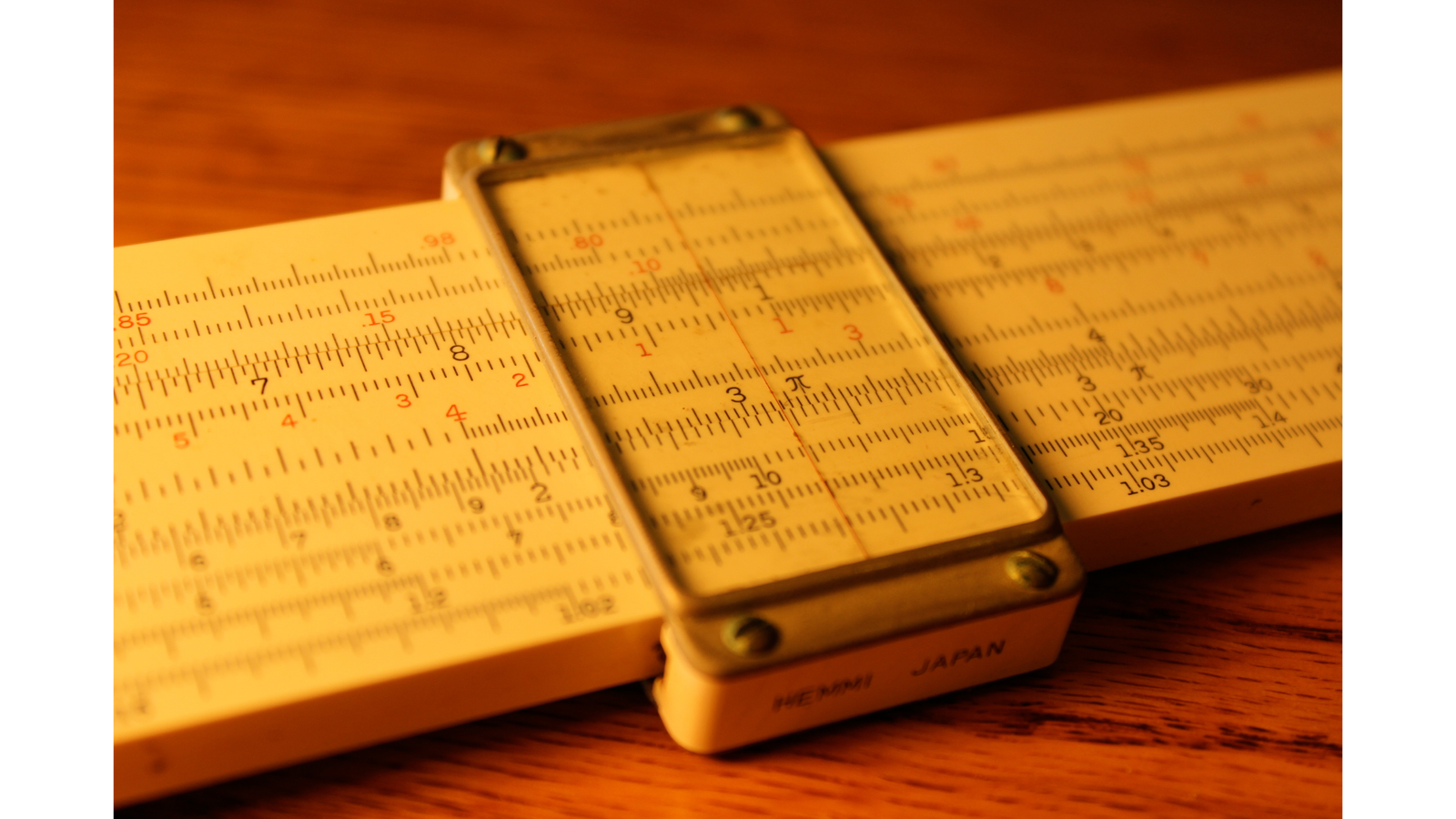
Pascaline
- He created the first calculator.
- The Pascaline is a device that Blaise Pascal, then 19 years old, created in 1642.
- He created Pascaline to assist his father in collecting taxes
- The French scientist Blaise Pascal was one of the most well-known mathematicians and physicists of his day.
- Pascaline was able to subtract and add.

By Rama, CC BY-SA 3.0 fr, Link
Punched Cards
- A stiff piece of paper called a punched card holds digital data.
- They have numbers 0 through 9.
- The card contains 80 columns and 12 lines.
- Hyper markets utilised it in 1932.
- Herman Hollirith created punched cards in 1890.
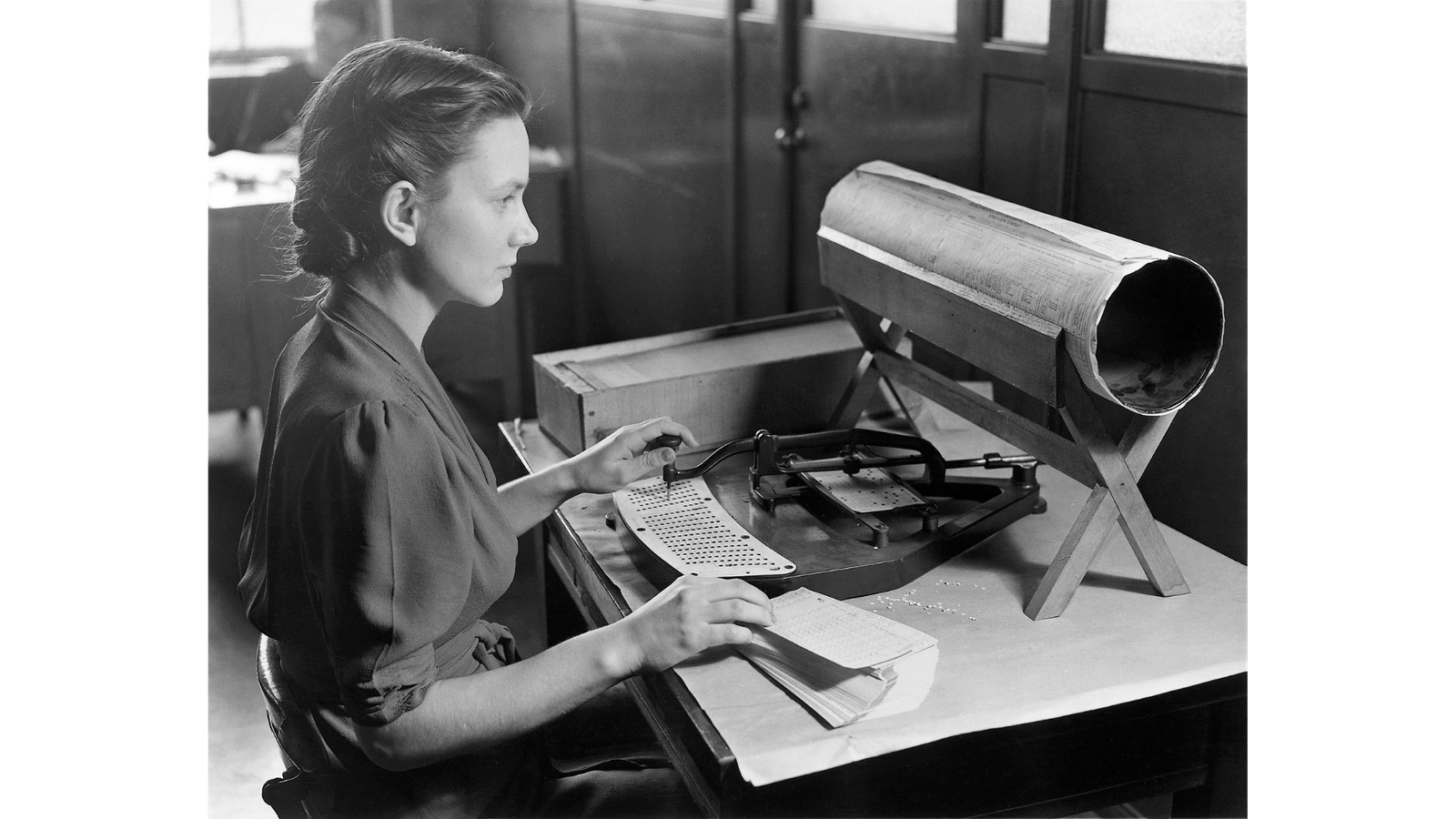
Analytical Engine
- The arithmetic unit is located in the analytical engine (ALU).
- Charles Babbage created the analytical engine in 1837.
- A calculator is only one aspect of an analytical engine.
- Charles Babbage presented the idea of computing in numbers.
- With the exception of the capacity to change memory addresses, it had all the functionality of a modern computer.
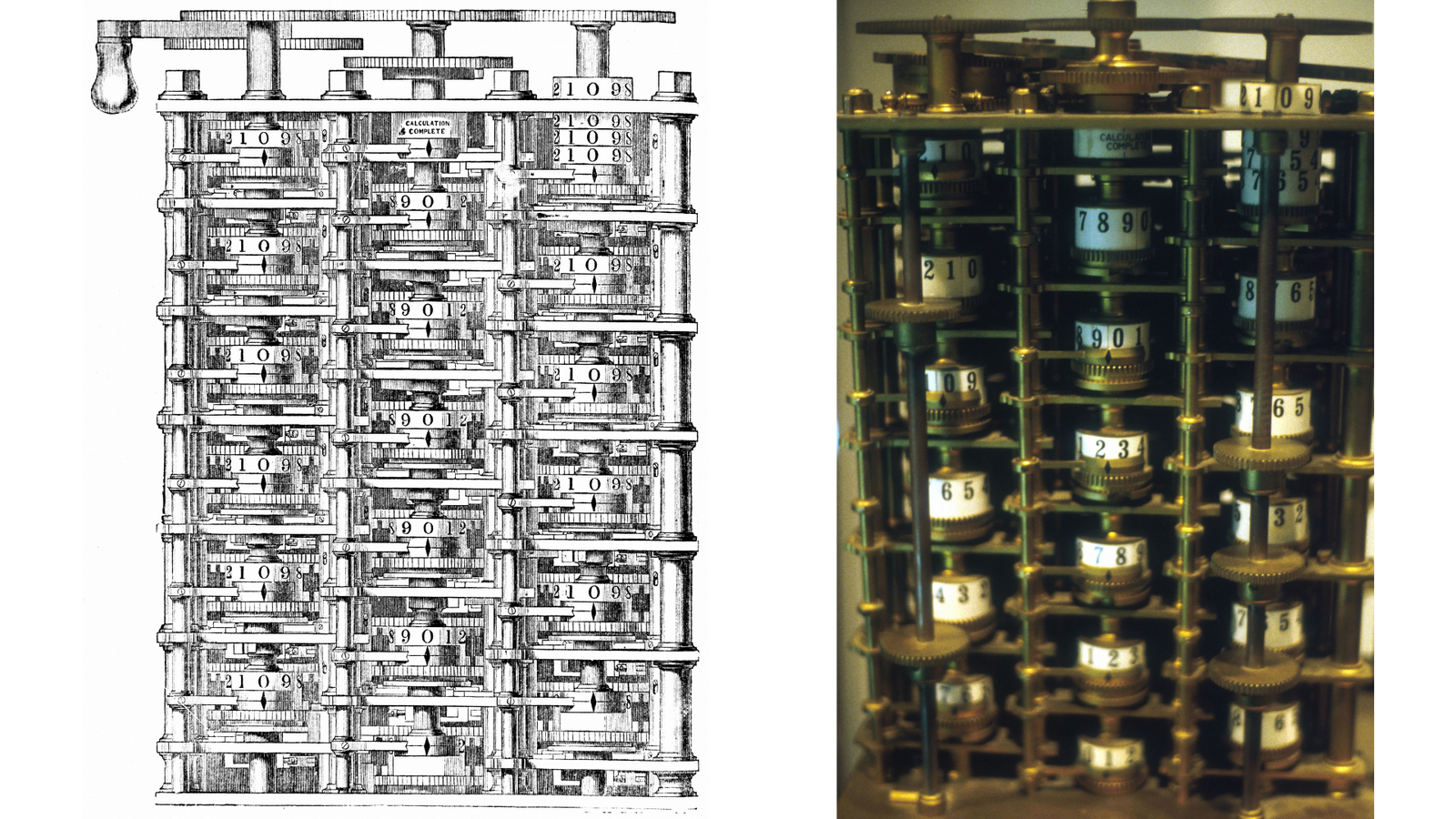
Difference Engine
- Charles Babbage invented the difference engine.
- It was capable of addition and subtractions.
- There are three major pieces in it’s body: the ‘mill’, the ‘bed’ and the ‘frame’.
- The difference engine had limitations that prevented it to perform complicated calculations such as polynomials or logarithms.

By CC BY-SA 2.0, Link
Turing Machine
In 1945, Alan Turing wrote a paper called “On Computable Numbers, with an application to the Entscheidungsproblem”. The paper introduced what is now known as the Turing machine, which later was generalized to what is now called the universal Turing machine. While universal Turing machines are very complex machines that can compute any set of instructions given as a program, they are only theoretical machines that can’t be built without modern technology. Some modern computing devices such as computers and smartphones are based on the principles of the Turing machine.
Universal Turing Machine
In 1936, Alan Turing wrote a paper describing a hypothetical machine he called a universal computing machine, a machine that is capable of computing any mathematical function that can be described using a set of rules. He called this hypothetical machine a universal Turing machine because it would look and work like a typewriter with one important difference — it would use the punched holes in a piece of paper to represent and store data. Turing proposed that the Universal Turing Machine could be tested to determine whether or not it can perform any computation that a human being could perform on a computer. He also proposed a theoretical test that could be used to determine whether a Turing machine can compute a specific task or not. He proved that there are uncomputable functions that cannot be computed by any Turing machines.
Conclusion
I have described all the types although there is even more to learn about computers. Hence mechanical computers were best at their time but compared to digital computers they are slow and expensive. But it is important to realize that as the technology advances humans also keeps developing their ways to use technology.
TOP 5 MECHANICAL COMPUTER RELATED QUESTIONS?
Sharing is Caring, don’t forget to share POST with your friends




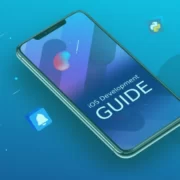











[…] What is Mechanical computer? […]